Are you tired to see the same colors around the house? Are you thinking they kinda look boring? It’s ok if you want to repaint it, but before you start this project it takes a lot of time, you should follow the 10 clever tips. They will save you a waste of time and a lot of hassle, because sometimes a small mistake in painting can be quite catastrophic. So here are our tips for repainting your home.
1. Make a to do list

Make a list of the necessary equipment before you begin. It should at least include these elements:
- A large bucket
- Adhesive tape
- Paintbrushes
- Rollers
- A scale
- Products to protect your furniture and your floor
- cleaning products
- of course, paint.
Never paint dirty walls
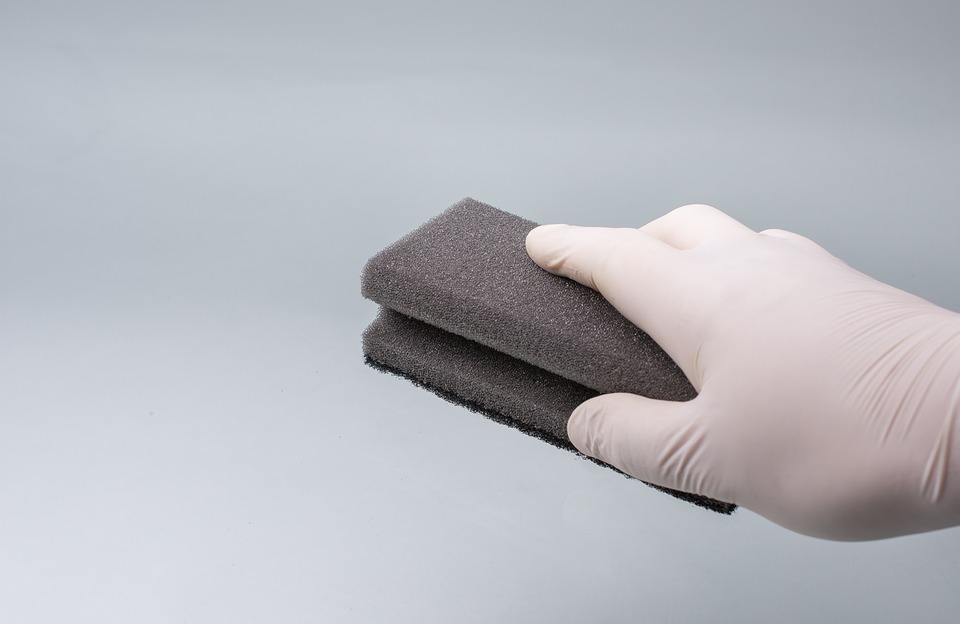
You should always clean your walls and ceiling with a sponge before painting them. Dirt, dust and grease residues prevent the paint from adhering to the walls.
Estimate first
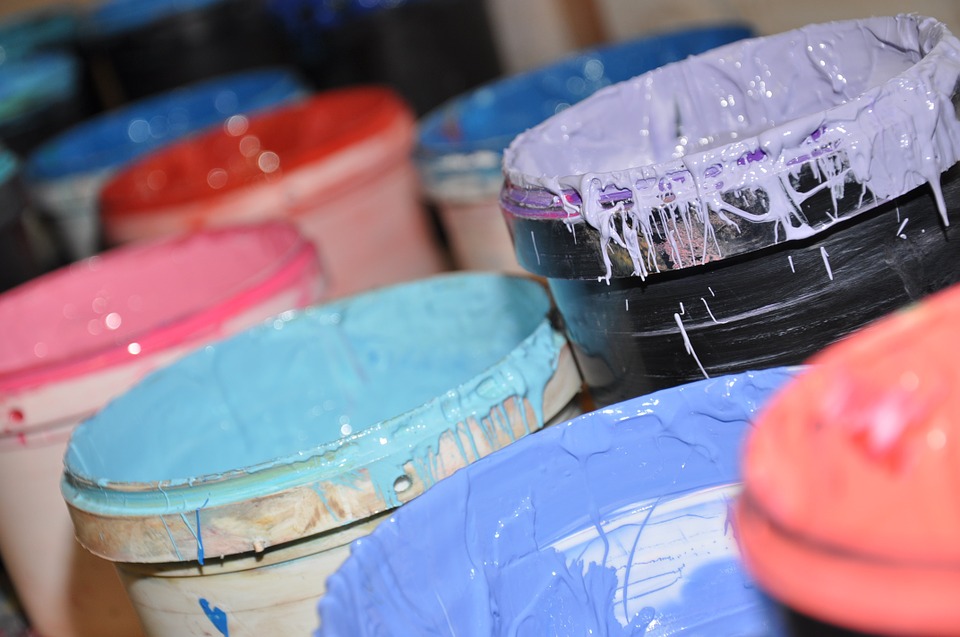
Calculate the amount of paint required to avoid missing or, on the opposite. Also make your mixes in a large bucket. Your color will be more uniform.
Source:
Que Des Astuces
2. Protection first
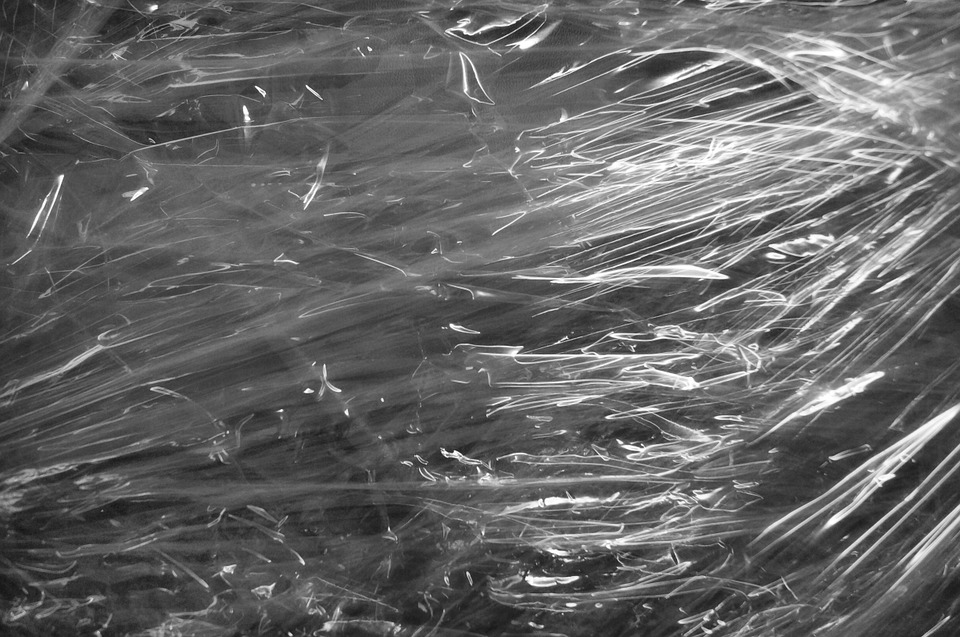
Protect your home from paint stains by laying a plastic tarp on the floor. You can also put one on the furniture and fix it with duct tape.
Source:
Que Des Astuces
3. Paint at the right time

When the temperature is too cold, the paint is viscous. When the temperature is hot, the drying time is shorter, but this is not good for the resistance of the paint. So choose the time when you decide to paint your pieces.
Source:
Que Des Astuces
4. Always make tests
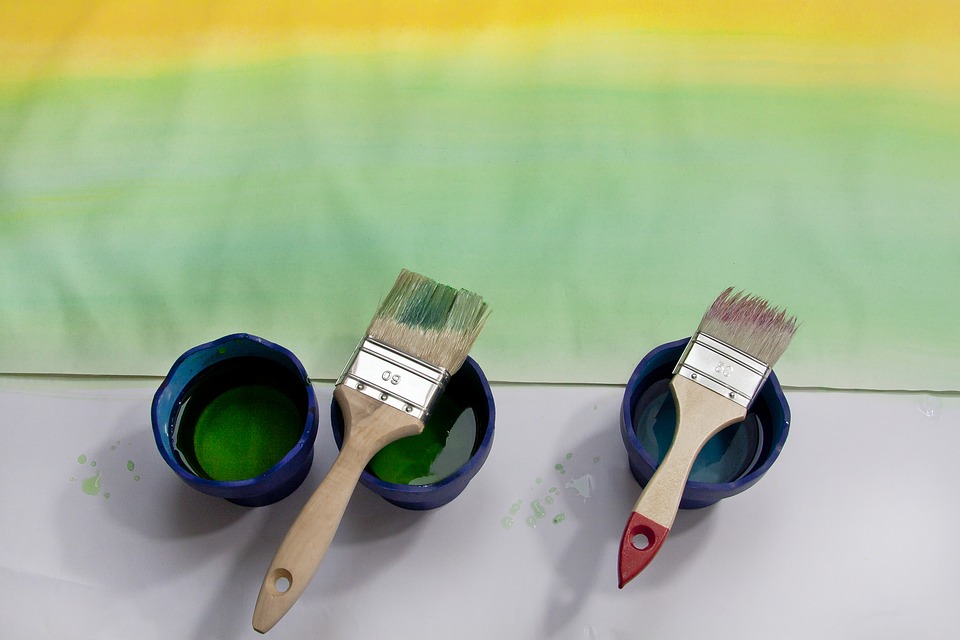
You should choose carefully if you are using matt or satin paint. To do this, you can always do a paint test. This will help you avoid mistakes.
Source:
Que Des Astuces
5. Adopt the right technique
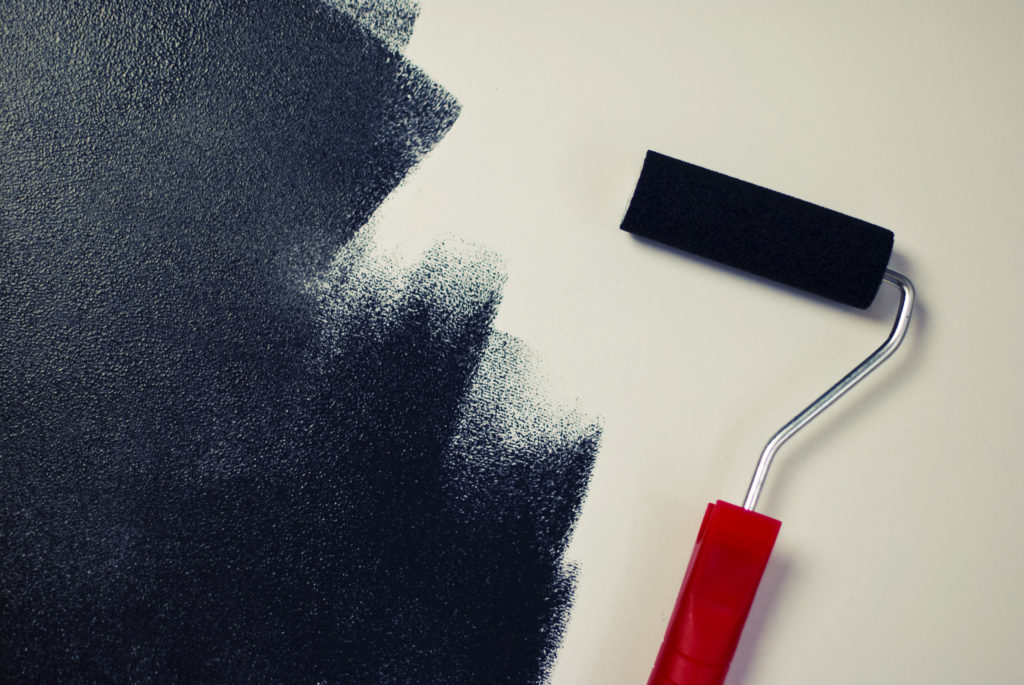
Do as professionals do and with each application, go from top to bottom. In order not to have traces of paint, plan a damp edge.
Source:
Que Des Astuces
6. Roller vs Brush
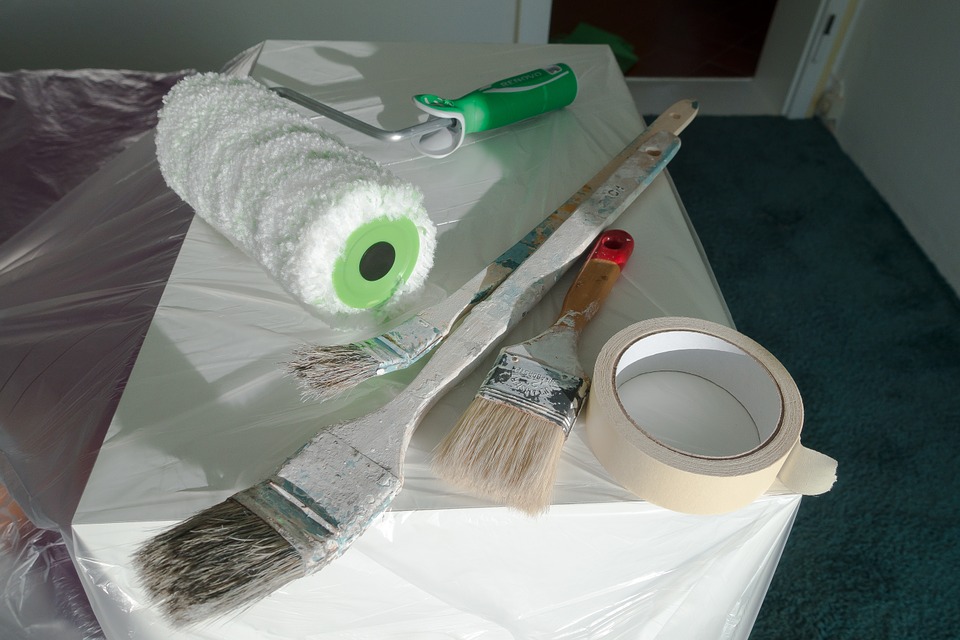
Note that the rollers are used to paint large surfaces. For slightly more complex areas (eg the edges of the baseboards and the corners of the walls), choose the brush. You can do the finishing of these areas with a small roll.
Source:
Que Des Astuces
7. Make the baseboards first
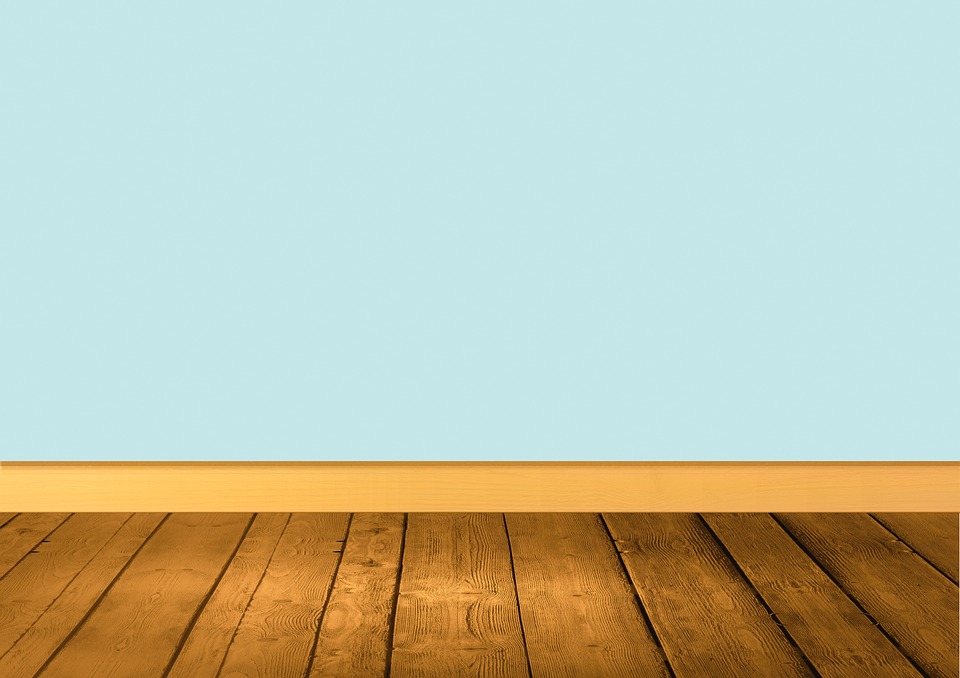
Make the baseboards first, then the ceilings and walls.
Source:
Que Des Astuces
8. Sand first
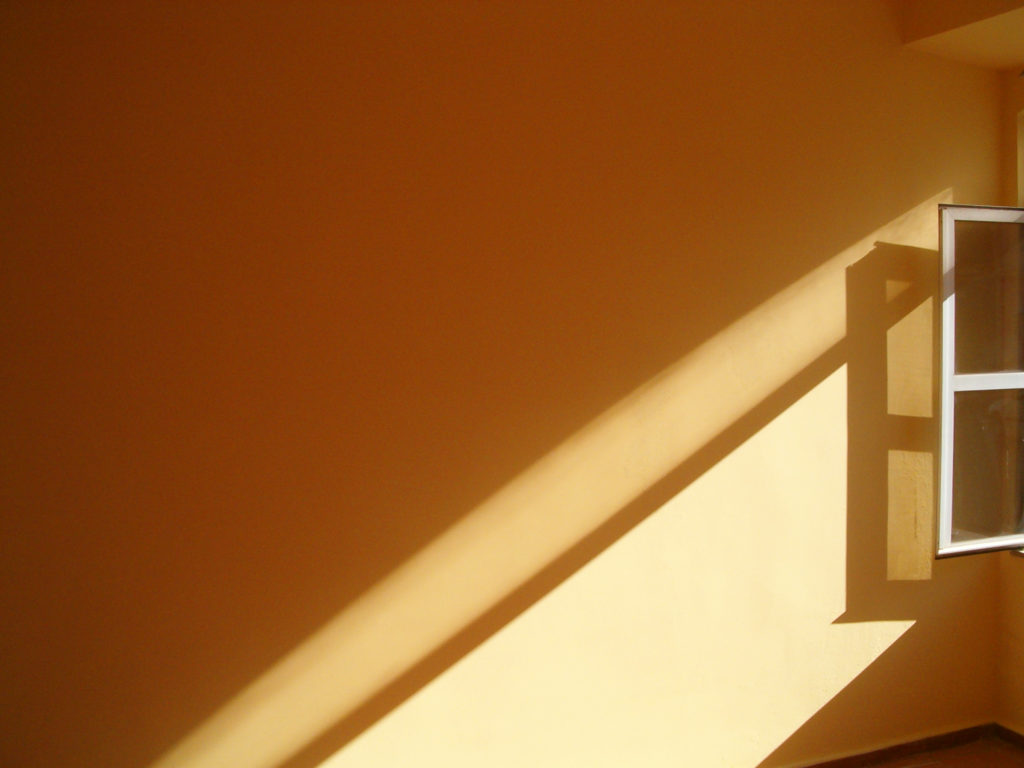
When you have finished painting, use a sponge to sand. You can also dust your surfaces with an antistatic cloth.
Source:
Que Des Astuces


![[Photos] Why WD-40 Is Magic In Your Garden?](https://lifetonik.com/wp-content/uploads/sites/7/2019/08/WD40-Prices-Highres_Page_8_Image_0008-218x150.jpg)





![[Photos] Take A Look Of The Obama’s New Home Before It’s Banned](https://lifetonik.com/wp-content/uploads/sites/7/2019/07/Obama1-218x150.jpg)

![[Slideshow] Celebrity Homes: 21 Of The Most Luxurious](https://lifetonik.com/wp-content/uploads/sites/7/2019/07/Taylor-Swift-218x150.jpg)
![[Slideshow] More Parents Are Now Gluing Pennies to the Bottom of their Kid’s Shoes](https://lifetonik.com/wp-content/uploads/sites/7/2019/07/Keep-Them-Entertained-218x150.jpeg)
![[Photos] 20 Fashion Mistakes That Too Many Women Make!](https://lifetonik.com/wp-content/uploads/sites/7/2019/07/5-style-mistakes-that-make-you-look-frumpy-featured-218x150.jpg)










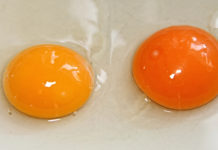








![[Gallery] 25 Discounts For Seniors To Which You Are Entitled Without Knowing It](https://lifetonik.com/wp-content/uploads/sites/7/2019/08/EAZxECUXUAAvNZR-218x150.jpg)
![[Slideshow] Here’s the salary of every governor in the United States](https://lifetonik.com/wp-content/uploads/sites/7/2019/08/Charlie-Baker-218x150.jpg)
![[Photos] No One Will Want To Buy This House After Seeing These Pictures](https://lifetonik.com/wp-content/uploads/sites/7/2019/08/terrible-real-estate-photos-2-5c35e727c9f95__700-218x150.jpg)



